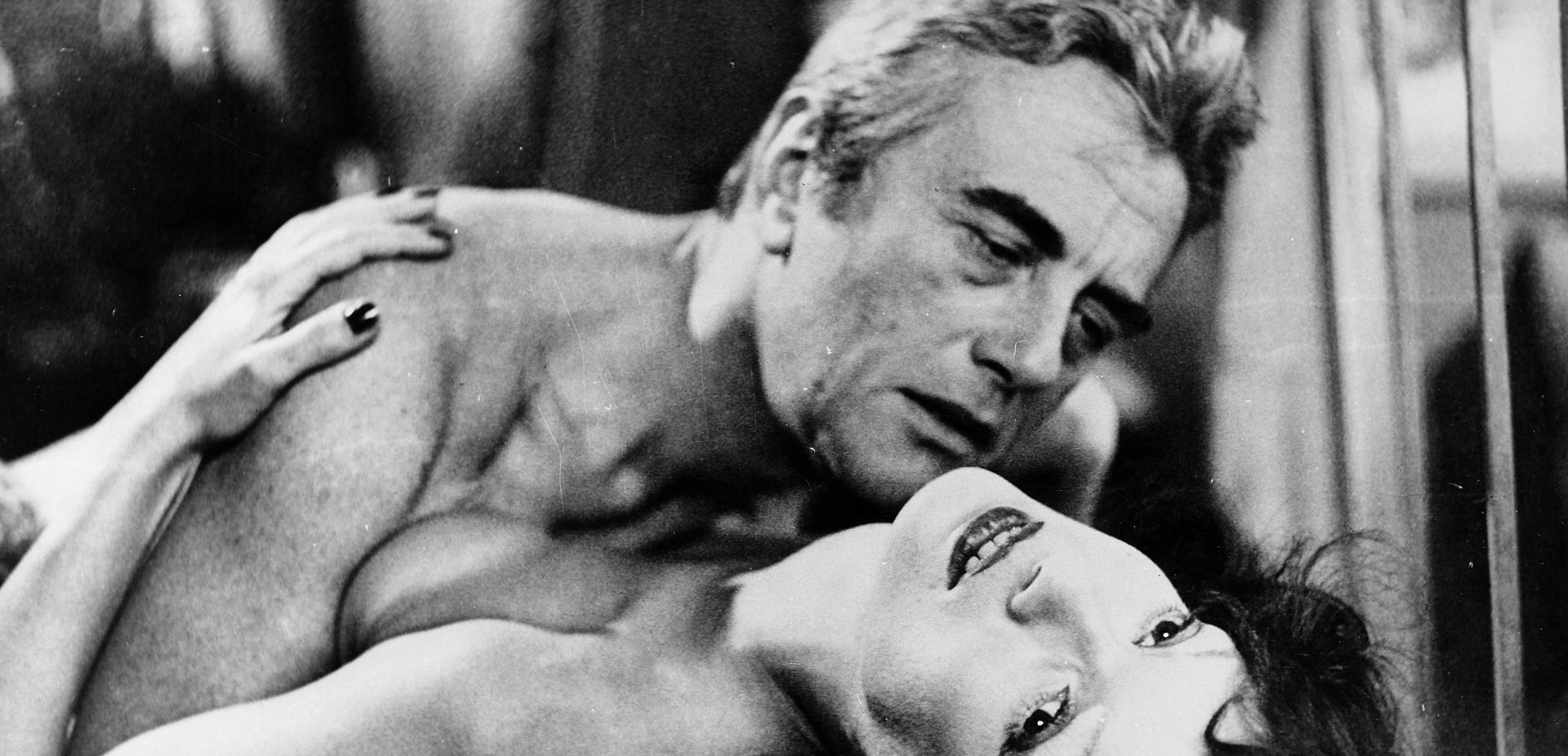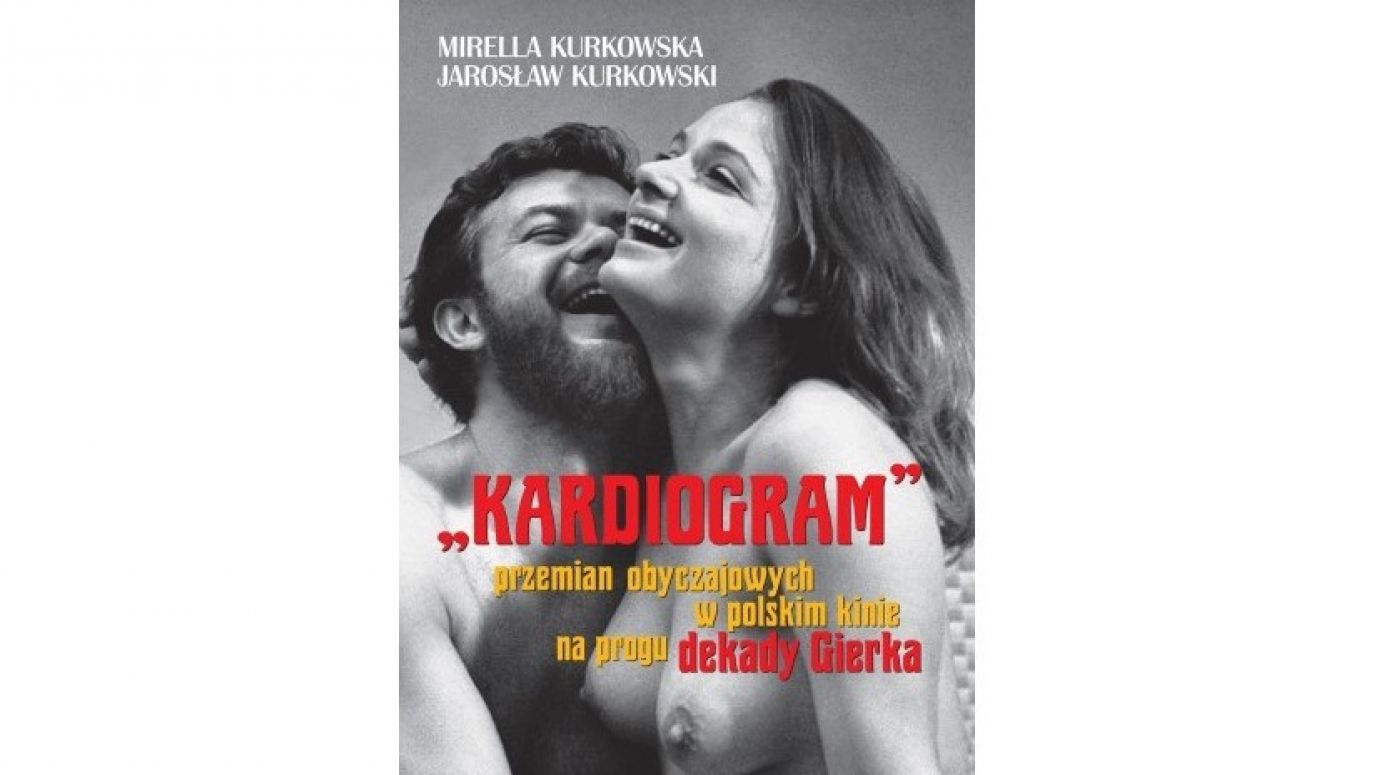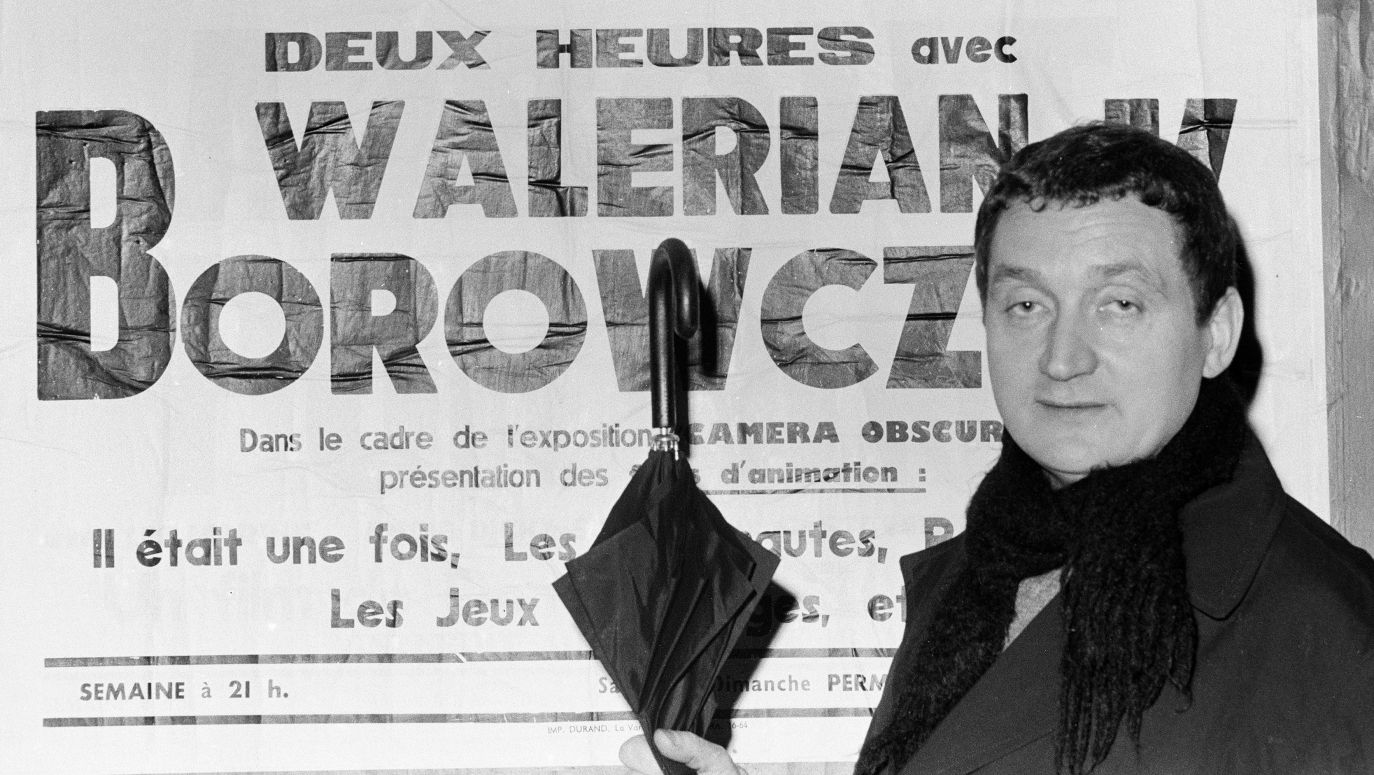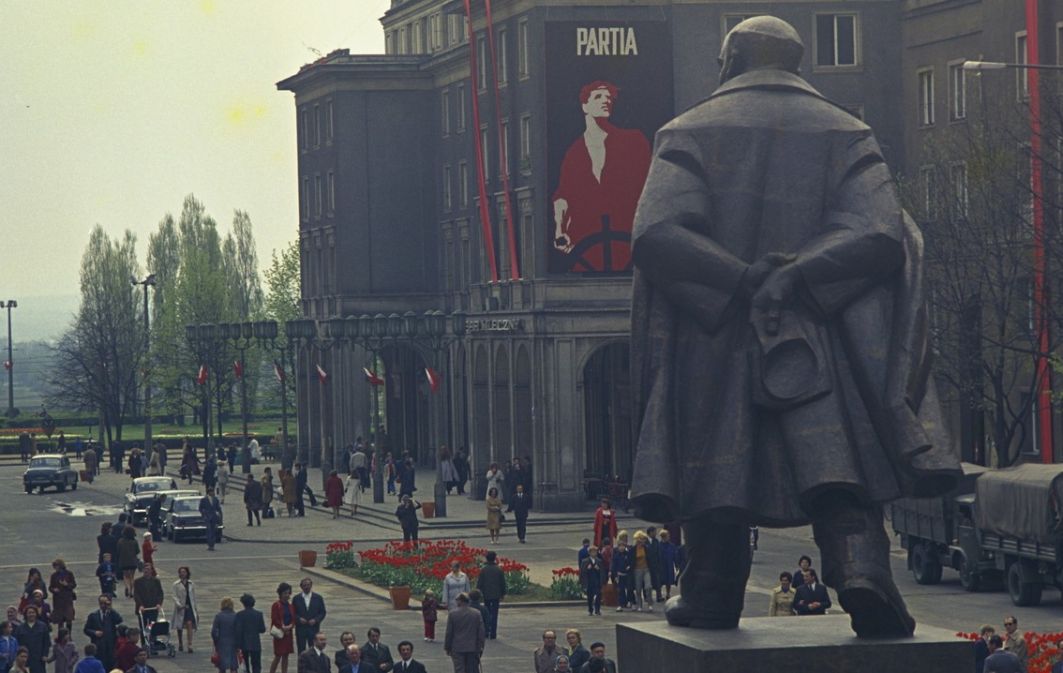TVP WEEKLY: Was Hanna Skarżanka the first to bare her breast in a Polish film?
MIRELLA AND JAROSŁAW KURKOWSCY: There is a belief in the popular consciousness that naked breasts only appeared on the cinema screen during the Gierek era. Usually, attention was drawn to the 1971 film Cardiogram starring Anna Seniuk. This is why we have taken this film as a reference point and metaphorically emphasised its role with the title of the book.
But in fact, as early as 1951, Hanna Skarżanka appeared in a film scene with her breasts exposed. It may come as quite a surprise to the viewer that this "first time" took place during the Socialist Realist era, when artistic creativity was subordinated to strict patterns excluding all eroticism, and the promoted ideal of femininity was the masculinised "labour leader". However, it could be said that it was an 'ideological breast', shown in the name of higher reasons.
In the superproduction of the time, Alexander Ford's film "Chopin's Youth ", a brutal French soldier tears the blouse of a protesting worker. This was the role played by Skarżanka. A further sequence in the film is an obvious reference to the famous painting by Eugéne Delacroix, in which a young girl in a loose dress and bare breasts leads 'the people to the barricades'.
Although the artist intended the image to refer to the events of the July Revolution in Paris, here the filmmakers moved the scene to 1832 to illustrate the June riots in the French capital and fit them into a well thought-out ideological template. Here, inspired by the November Uprising, the people of Paris took up arms against the privileged classes to demand social justice. In this context, the November Uprising takes on a class character and the title character - a famous composer - becomes a revolutionary.
During the Stalinist years, decisions about love plots in our cinema were made at the highest level?
This was certainly the case with the film "The First Days", directed by Jan Rybkowski (1951). In the Belvedere, the details of the love scene between the secretary of the district committee and a young female teacher were agreed. The decisions were made by Bolesław Bierut himself, deciding, among other things, whether a district-level political activist could kiss a female activist in front of the audience. We know about this characteristic event from the account of Włodzimierz Sokorski, then Undersecretary of State at the Ministry of Culture and the Arts.
 SIGN UP TO OUR PAGE
SIGN UP TO OUR PAGE
 Because of spicy erotica, "Dancing in Hitler's quarters" was stopped by the censors?
Because of spicy erotica, "Dancing in Hitler's quarters" was stopped by the censors?
The film waited quite a long time to be distributed (3 years - until 1971). This, of course, is not some special result; in later years, censorship held back the release of some films for much longer periods. But what was the deciding factor in this case? It was, after all, a film adaptation of a book by Andrzej Brycht, an author with strong ties to the Gomułka establishment, though regarded as an adventurer familiar with the world of the social underclass, who could describe reality in strong succinct terms. The film "Dancing" was criticised by the important censor Henryk Olszewski for the erotic scenes taking place among teenagers. Particularly controversial was an overlong sequence of nude play by a group of 'golden youths'.
But this, in the light of the source material, was not the main problem. The eroticism could have been mitigated by cuts - an irresolvable flaw was the casting of one of the leading roles: Andrzej Łapicki, with his 'innate' charm and culture, played a wealthy German who makes the young protagonists aware of Nazi wartime crimes. It did not save the situation that this German was also a prisoner of the regime during the war.

 SIGN UP TO OUR PAGE
SIGN UP TO OUR PAGE
 Because of spicy erotica, "Dancing in Hitler's quarters" was stopped by the censors?
Because of spicy erotica, "Dancing in Hitler's quarters" was stopped by the censors?






